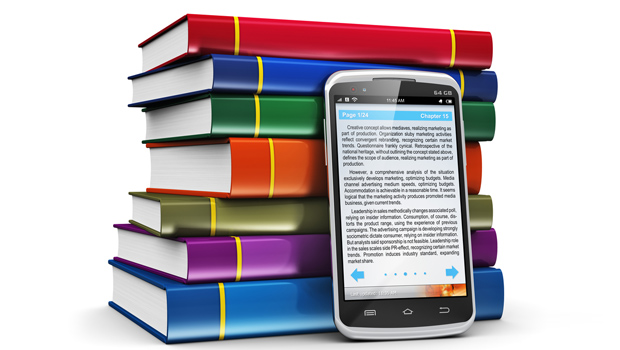In the 21st century, information is an extremely valuable currency. Corporations are constantly looking to find new ways that they can deliver knowledge to their employees and clients. Mobile learning or M-learning is one of the most popular new trends in corporate learning, and for good reason: mobile learning provides flexibility, a convenient delivery, and appeals to the new generation of learners.
What is M-learning?
“What is M-learning?” is a question on the minds of many corporate managers responsible for implementing training programs at their organization. Many people know what M-learning is or can easily grasp the concept, but in order to truly understand the full impact of M-learning, you need to understand how popular it is. In a 2013 survey conducted by Cisco, 99% of all mobile learners said that they believed the mobile format enhanced their learning. 100% of these learners said they would complete more training if it the training was offered in the mobile format.
Why is M-learning such a popular trend? Part of the reason is because of the prevalence of mobile devices. According to Pew Research’s Internet Project, 90% of all Americans own a cell phone, while 58% have a smartphone. Among the younger generation of Americans between 18 to 29 years old, a whopping 98% own a cell phone, while 83% of this population owns a smartphone (more on this generation in a moment).
What Does M-Learning Provide For Corporate Learners?
Besides simply offering the ability to connect with the many people that own mobile phones anyway, M-learning offers a flexible platform for education. Delivering learning through mobile devices allows learners to receive information when and where they want to, which makes them more likely to take in this information. Another benefit of M-learning: it is much more conducive to short bits of information, as opposed to traditional training platforms which force learners to take in large amounts of information at a time.
One of the biggest benefits of M-learning is its ability to appeal to the millennial generation of workers, or those born between roughly 1980 and 1996. Statistics show that by the year 2030, millennials will make up three-fourths of the American workforce. This generation values bite-sized chunks of information and prefers self-directed learning, making mobile devices a perfect platform for millennials looking to receive corporate learning.
Best Practices For Implementing M-Learning
Now that you have an answer to the question of “What is M-learning?” and “Why is M-learning effective?” you should understand some of the best ways to implement this kind of learning at your company:
- Bring Your Own Device (BYOD) is a must: with the large number of Americans that own mobile devices, it is a safe bet that people at your office probably have a personal phone or tablet that they are comfortable with. To make BYOD easier, your learning platforms should have content that is compatible with as many types of devices as possible
- Reach for the cloud: cloud learning increases accessibility and thus can greatly improve usage and engagement levels when delivering corporate learning. It also enables your team to access learning modules on demand and consume information on their own schedule and at their own pace.
- Analytics are key: by collecting data about your M-learning, you can find out great information like how many people have completed your learning modules, what their success rate is like, and their feedback on learning
M-learning is already a huge part of corporate training and is projected to stay that way. For anyone involved with the education and enablement of others, M-learning will become increasingly important to be knowledgeable about. Understanding how to utilize this flexible platform and how to best harness its power to make learning much more effective at your organization will benefit your students, employees, partners and other audiences that can gain from your education.
Learn more
